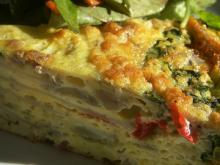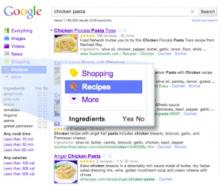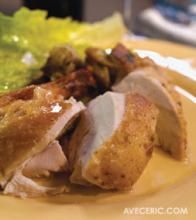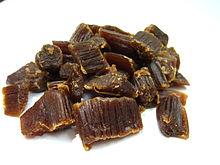Grading "Good For You" Desserts
Fat-Free Yogurt: C+
Good For You Because
- Contains, you know, the cultures. Those are good for you. Probiotics and regularity and all.
- Also contains protein (6g in a 6 ounce cup of Lucerne light yogurt) and calcium (30% RDA, ditto).
Pros
- Comes in a startling variety of flavors, including several "dessert-y" flavors like Key Lime Pie and Boston Cream Pie.
- Relatively affordable. My grocery store always has one brand on sale 10 for $5 or something.
Cons
- Best eaten at home. Requires refrigeration. And everyone who works in an office knows that if you put yogurt in the break room fridge, someone else will eat it. (Don't get me started on GoGurt. That stuff is disgusting and should be banned.)
- Most varieties aren't suitable for the lactose-intolerant.
- Creates a lot of plastic waste, which isn't recyclable in many communities.
- Worst of all, most of the more interesting flavors also taste very chemical-y.
Fresh Fruit: B-
Good For You Because
- Virtually no one is eating their recommended 5 daily servings of fruit. Fresh fruit contains fiber, vitamins, and, like, sunshine and stuff.
Pros
- Many fruits travel well in a packed lunch. Does not require refrigeration.
- Preposterously cheap; in my part of the world, bananas are about 50 cents per pound. Oranges and apples are around $2/lb.
- Unlike most other snacks, the remains are fully compostable.
- Is one of the few "good for you" desserts which contains actual sugars, instead of strange and non-tasty sugar analogues like Splenda or Equal.
Cons
- How sad is it to think "Oh, I would like a dessert! Hello, banana!"
- Can be an eating hazard in an office environment: oranges make your hands sticky, banana peels have to be thrown away in the bathroom or something to keep from stinking up the place, and apple cores invite fruit flies.
- Perishable.
Sugar-Free Jell-O: D-
Good For You Because
- Gelatin contains a surprising amount of nutrition, relatively speaking. It has protein, lysine, and other amino acids. It supposedly strengthens hair and nails, but I'm skeptical of those claims. Also, scientific studies conducted by Knox Gelatin proved that Knox Gelatin is good for your joints. (More skepticism, please!)
Pros
- Kids love Jell-O. I doubt kids love sugar-free Jell-O as much as the regular stuff, but hey, it's worth a shot.
- Pretty colors.
- Super cheap. Costs about $2/box normally, but is almost always on sale somewhere for 50 cents a box or even less.
Cons
- Once again we have that terrible chemical-y fake fruity taste that comes from artificial colors, artificial flavors, and artificial mock sweetener.
- Personally I'm not a big fan of the texture.
- Takes some prep work - more than a cup of yogurt, anyway. And you have to wait a while for it to set, which can seem like years when you really have a sweet craving.
- Only comes in fruit flavors. Lots of them, don't get me wrong, but there isn't (I don't think) a chocolate Jell-O. Yet.
Photo credit: Flickr/passiveaggressivenotes









